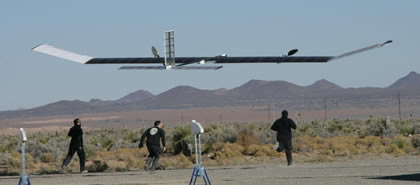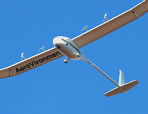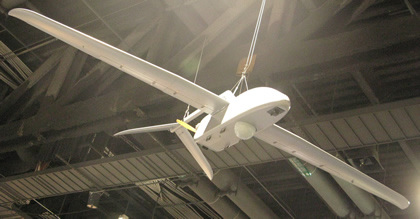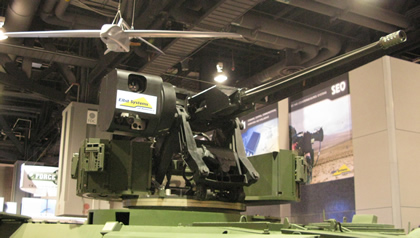Notwithstanding statements by the Pentagon’s top brass to the contrary, it looks like the intelligence communities of the United States, Japan, and South Korea were once again caught off guard by last week’s North Korean subterranean nuclear test. As if not enough, Pyongyang rattled its neighbors again on Friday, when it fired short-range missiles off its east coast, the sixth such, since the secretive country conducted its underground nuclear test. So not surprisingly, North Korea’s recent nuclear test and belligerent talk has put global spotlight on the Korean Peninsula.
“Our goal is complete and verifiable denuclearisation of the Korean peninsula, and we will not accept North Korea as a nuclear state,” US Defense Secretary Robert Gates told a high-level security forum in Singapore on Saturday. But Pyongyang seems not to be too impressed by Gates’ warning declaration, as spy satellites have already spotted signs that North Korea may be preparing to transport by rail an inter-continental ballistic missile (ICMB) from the Saneum Weapons Research Center near Pyongyang, to the east-coast missile test center, South Korean officials revealed on Saturday.
Pyongyang had already said Wednesday it was no longer bound by the armistice and threatened attacks on South Korea, after Seoul announced it had joined a US-led initiative to halt the trade in weapons of mass destruction. Accordingly, the joint command for South Korean and U.S. forces on the Korean Peninsula raised its alert Thursday to the second-highest level, “Watch Condition II” in response to the extraordinary week of truculence from North Korea.
Matters are certainly heating up. Rumors are spreading that North Korea may be preparing for possible missile or artillery strikes near the disputed western sea border, the Seoul-based daily Chosun Ilbo reported Thursday. The regime of Kim Jong Il, ignoring global outrage over its nuclear tests, said it could no longer guarantee the safety of United States and South Korean ships off its west coast. The North’s anger was provoked by the South’s decision to join a US-led international security initiative, which provides for the stopping of vessels to ensure that they are not carrying weapons of mass destruction, or components to make them. Pyongyang also warned it would no longer respect the 1953 de facto border DMZ at Panmunjom. Is the Korean peninsula veering back towards a state of war after six decades of instable peace?
However, in Seoul there seems to be surprising calm among businessmen, reflecting how accustomed South Koreans have become to threats from North Korea. It also highlights the perception gap that exists with the West. Many in South Korea and other countries in the region believe that the North is just as eager to avoid a full-scale military confrontation as everyone else despite its hostile rhetoric. It seems that, like in the Middle East, the clocks go different in South East Asia as well!
But in spite of Seoul’s signaling serenity, US President Barack Obama’s visible paralysis of leadership may lead to further global instability and nuclear proliferation. On the other end of Asia, Iran continues unfettered in the development of nuclear weapon grade uranium and improving their missile technology. In Obama’s own hemisphere, Hugo Chavez’ Venezuela is inviting potentially nuclear armed bombers and ships from Russia to be based there. President Obama’s promise about “bringing global stability and building strong alliances with other cardinal powers in the world seems to be running on rocks.
Nations that once thought the United States would protect them with a nuclear umbrella now see their protector evolving into the “paper tiger”. Without a determined response on the growing threats of North Korea and Iran, soon then things will only spiral further out of control. What makes the US policymakers’ strategic choice even more difficult now is that Mr Kim has abandoned any pretence his regime ever intends to shut down its nuclear weapons and ballistic missile programs.
US Secretary Gates is pinning all his hopes for restraining Pyongyang on China to solve the deterring situation on the Korean Peninsula. But it is highly questionable whether Beijing will play according to the Pentagon’s expectations. Beijing’s most pressing interest appears to be ensuring an approaching North Korean leadership transition does not degenerate into internal breakdown, with potentially severe consequences for Chinese border regions. In particular, Chinese officials are concerned that rapid and unexpected changes within North Korea could trigger a flood of refugees crossing the border into China creating a potential humanitarian crisis and threatening social stability in a large Chinese region. China shares an 880-mile border with North Korea.
The same fear haunts South Korean leaders. They realize that the North Korean masses are suffering unspeakable deprivation – during the 1990s hundreds of thousands died of famine and disease – while resources are directed to the military-industrial complex and propaganda. A cloying personality cult has transformed the leader into a deity, while xenophobia and racial supremacy lead people to fear change. Should the leadership in Pyongyang collapse, anything can happen. First, millions of people will rush into China’s northeast as refugees. An estimated 250,000 North Korean refugees already move back and forth between the two countries every year. Second, hundreds of thousands starving Koreans will overwhelm South Korea, which within hours will be swamped by a human Tsunami. The sudden, forced reunification of the peninsula would saddle the modern, affluent South with incredible logistical problems – foremost among them how to feed a backward, impoverished population and integrate it into their hyper-modern society.
“This is going to be a big challenge over the course of this administration,” says Michael Green, who was in charge of Asian affairs for the National Security Council (NSC) during the Bush administration. “There’s not a list of good options”. “We’re talking about a country with over a million brainwashed soldiers, enough nuclear fissile material for six to 10 bombs, chemical and biological weapons. And if it becomes unstable or starts unraveling, it’s not a crisis you can manage part time,” says Green, who is now a professor at Georgetown University.
Past attempts to negotiate with the North Korean regime have fallen into a frustrating pattern in which landmark deals are seemingly reached, only to fall apart soon thereafter – often with no logical explanation. Kim’s regime sees the nuclear program as its best bargaining chip to ensure its long-term survival. There may be little the international community can do to deter the North, which has been punished for years by sanctions and is so poor it relies on aid to feed its 23 million people. The challenge which President Obama is facing these days is immense – will he be able to cope with it?
Korean Songun*
A look at th North Korean Missile Arsenal:
ADVANCED TAEPODONG-2:
still under development, the potential range of this missile is about 5,000 miles (8,000 kilometers), putting the U.S. west coast, Hawaii, Australia and Eastern Europe within striking distance.
TAEPODONG-2:
A three-stage missile with potential range of more than 4,100 miles (6,700 kilometers) is currently putting Alaska within striking distance. The first two stages of the missile are liquid-fueled, while the third is believed to be solid-fueled. TAEPODONG-2 is believed to be similar to Iran’s Safir space launch vehicle, as the later was developed under cooperation between the two nations. The latest Taepodong-2 rocket launch occurred in April, with the missile landing in the ocean about 2,300 miles from its launch pad.
TAEPODONG-1:
This is a two-stage liquid fueled missile with an estimated range of 1,550 miles (2,500 kilometers). This missile has demonstrated the North Korean capability to reach Japan with meaningful striking power. North Korea is believed to be developing a new mobile. Ground launched missile with a range of 1,800 miles (3,000 kilometers). Based on the Russian submarine launched SS-N-6 missile.
RODONG:
a locally developed outgrowth of the SCUD design, which also provided the basis for Iran’s Shahab 3 and Pakistan’s Ghauri II missiles, Rodong has an estimated range of 620 to 930 miles (1,000 to 1,500 kilometers) and maximum payload of 2,200 pounds (1,000 kilograms). It is capable of striking all the South Korean area and most of the Japanese mainland.Rodong is powered by a liquid fueled propulsion system in both stages.
SCUD:
A single stage, liquid-fueled missile with a range of up to 500 miles (800 kilometers), known in North Korea by the name Hwasong. The SCUD B and SCUD C have relatively short range threatening South Korea, while the SCUD D could target Japan.
* Songun – the Korean ‘Military Fist’, is the buzzword PyongYang is using to praise its military might, ‘for the deterrence of potential aggressors’.

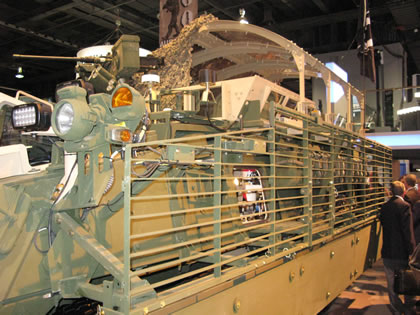
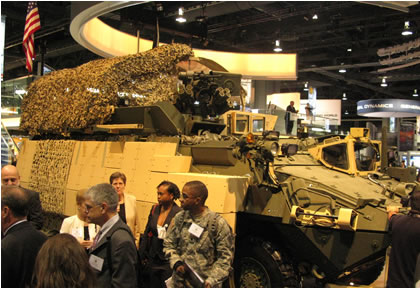
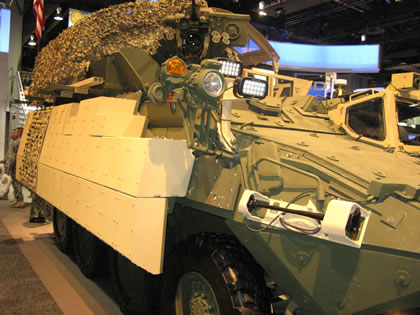
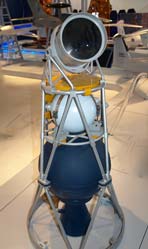
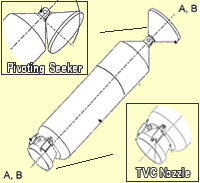
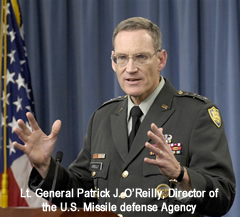
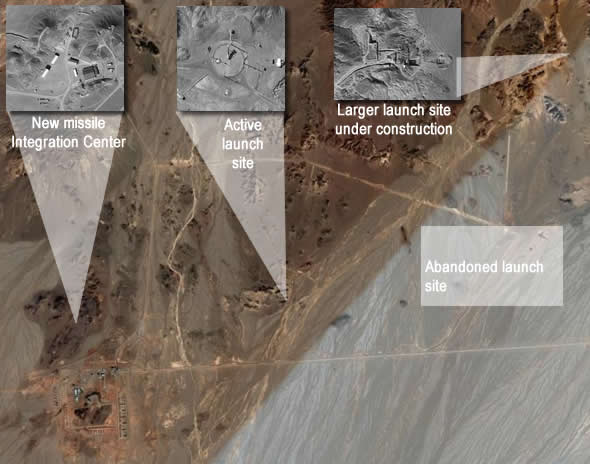










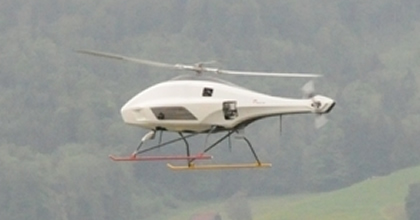
 Saab will bring to the marriage the Skeldar UAS system under development in Sweden since 2006. A 200 kg Maximum Take-off weight (MTOW) platform, Skeldar is designed for use in both land and maritime operations carrying payloads and fuel for 4-5 hour missions. In 2008 SUAV has introduced the Neo S-300, at half the weight of the Skeldar (75kg) it is capable of carrying a payload weight of 20 kg plus 32 litres of fuel supporting mission duration of 150 minutes. Neo was designed for security and surveillance missions such as pipeline monitoring. The smallest UAV introduced by SUAV is the 45 kg Koax X-240, designed primarily for security and force protection missions is a more compact platform, capable of flying missions of up to 90 minutes with a payload weighing up to 8 kg. Koax made its first flight earlier this year. These vehicles are smaller then Skeldar but still operate with an advanced autonomy system, ideal for compact land operations.
Saab will bring to the marriage the Skeldar UAS system under development in Sweden since 2006. A 200 kg Maximum Take-off weight (MTOW) platform, Skeldar is designed for use in both land and maritime operations carrying payloads and fuel for 4-5 hour missions. In 2008 SUAV has introduced the Neo S-300, at half the weight of the Skeldar (75kg) it is capable of carrying a payload weight of 20 kg plus 32 litres of fuel supporting mission duration of 150 minutes. Neo was designed for security and surveillance missions such as pipeline monitoring. The smallest UAV introduced by SUAV is the 45 kg Koax X-240, designed primarily for security and force protection missions is a more compact platform, capable of flying missions of up to 90 minutes with a payload weighing up to 8 kg. Koax made its first flight earlier this year. These vehicles are smaller then Skeldar but still operate with an advanced autonomy system, ideal for compact land operations.
